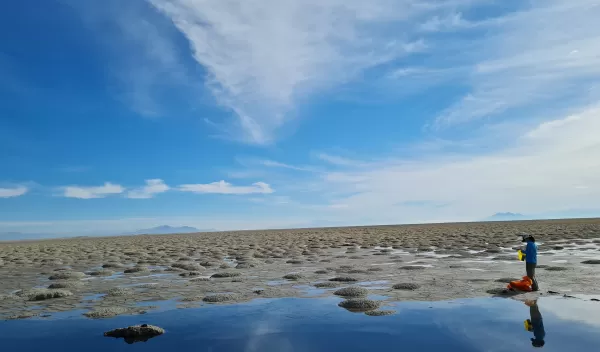
Rising water levels benefit all
Conserving water flow to the Great Salt Lake in Utah will reduce dust exposure for all residents, especially those who are Hispanic, Pacific Islander and those with lower education levels, according to a new NSF-supported study published in One Earth.
The researchers looked at U.S. Census data to understand who lived in the most vulnerable spots for dust exposure. "The Great Salt Lake is facing similar impacts from climate change and human consumption to other terminal lakes around the world," said Sara Grineski, a professor at the University of Utah. "We're pulling more water from the rivers that run into the lake. The lake relies on those inflows to keep water levels from dropping and exposing dust."
Dust and other particles are picked up by the wind and carried to nearby neighborhoods, which can irritate peoples' lungs and exacerbate asthma and other chronic respiratory conditions.
Grineski combined her sociology lens with dust modeler Derek Mallia, a professor at the same institute. They found that no matter what the water level was in the lake, racial minorities faced higher dust levels. However, as lake levels rose, the disparity narrowed.
"If we're able to conserve and shepherd more water into the lake, we'll reduce dust exposure and have an environmental justice co-benefit," Grineski said.
